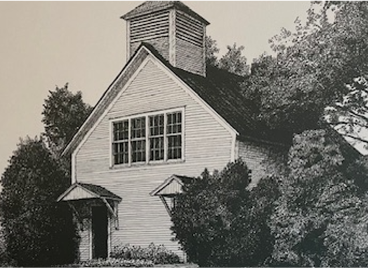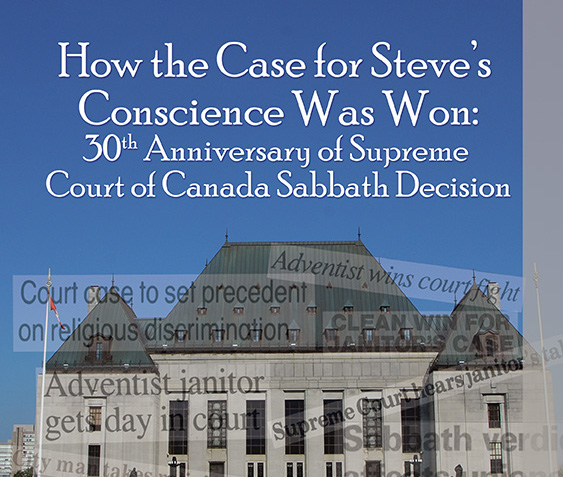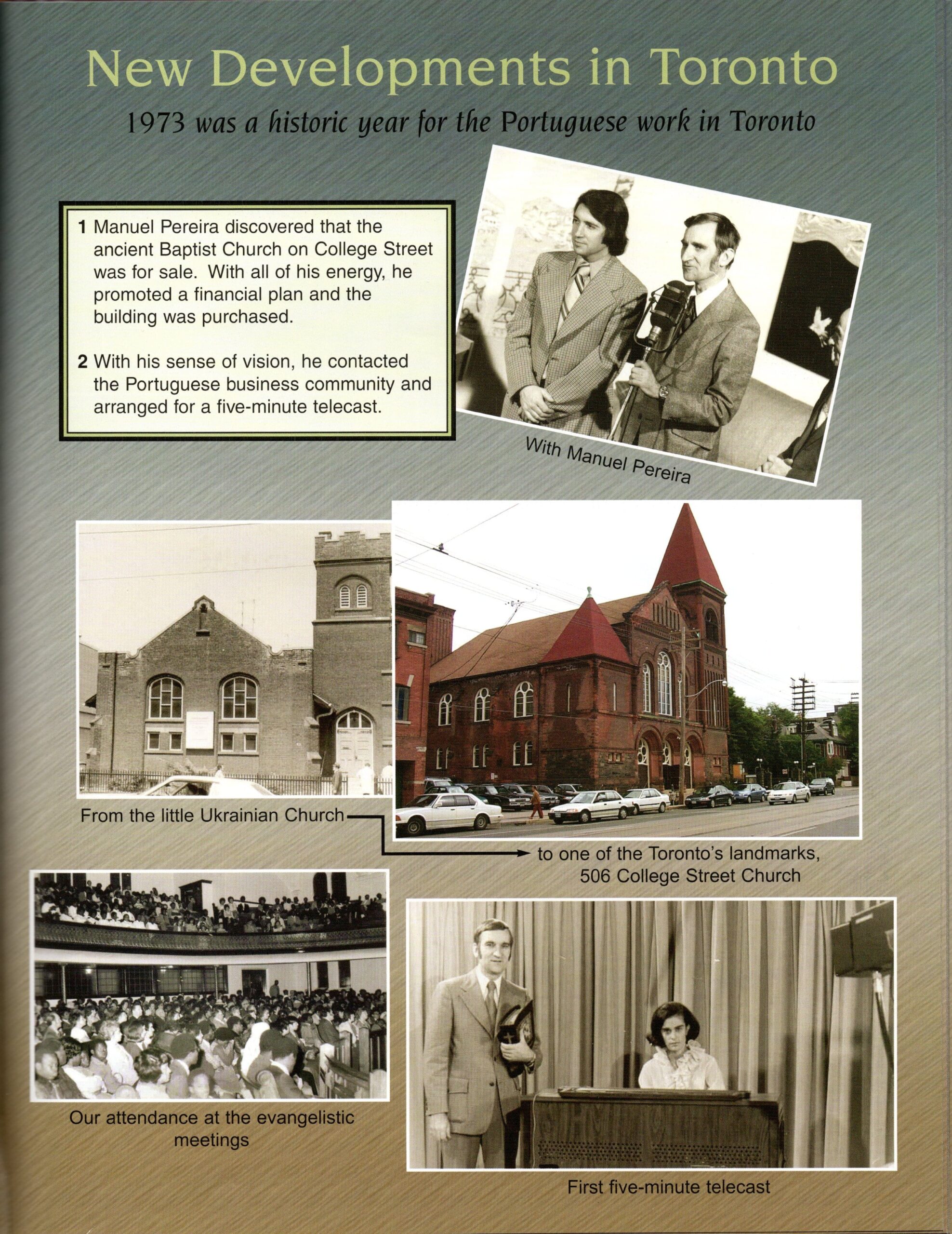
Elsen Wight’s story
Elsen grew up in Kenya. When she was 22, she got her first job and moved to a new town. One day, she decided to visit her roommate’s workplace in the evening and needed to take public transportation to get there. In Kenya, there isn’t a bus system with regular stops. Instead, passengers board minivans that taxi them to their destinations. Drivers only stop when asked to.
Elsen started her trip around 6 p.m., and it was already getting a bit dark. She was travelling alone and felt that she could make it there before sunset. But instead of taking her regular stop, she decided to take a stop near downtown.
By the time she arrived at her destination, it was pitch dark. There were no street lights in the area—just an overpass, a pedestrian bridge, and lights in the distance.
She got out of the minivan and began to walk on the side of the road towards the lights. She was nervous walking alone but found some relief when she saw someone walking towards her on the pedestrian bridge. There seemed to be a second person as well, although it was hard to tell in the dark—everything just looked like moving shadows.
She thanked God that she was not alone. Moments later, she encountered the person coming towards her. It was a teenager, a homeless young man. He passed her, said “Hey Madame,” and grabbed her arm. She tried to break his grip while the other person started running towards them.
All of a sudden, she found herself face down on the street with two young men on her back. She started screaming. One man dug his nail into her throat to try to silence her.
Elsen noticed her phone had fallen a few metres in front of her. With all the strength she could muster, she yelled, “Get my phone!”
Both men got off her and ran towards the cell phone. She got up and ran as fast as she could in the direction of the lights. She only stopped running when she found herself under a street light. She was dirty and smelly, and her neck was bleeding.
All she remembered was her mother’s phone number, so she asked those nearby if she could borrow a phone to make a call. But after looking at her appearance, everyone she asked said no.
She walked to her workplace and used her manager’s phone to call her mother and tell her what had happened. Her manager said that the God she served protected her because that road was known for being extremely dangerous, leading to the deaths and rapes of many people.
Elsen knew at that moment that God was watching over her, and she has been convicted of His watchful care in her life ever since.
Michelle Solheiro resides in Edmonton, Alta., and wears many hats, with her most cherished being wife and mother.
Source: https://adventistmessenger.ca/features/the-road-of-death




